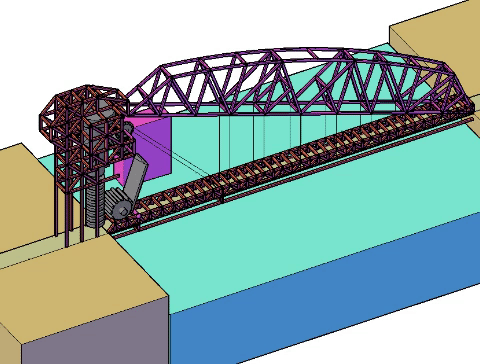PORTFOLIO

Form & Function
Expression of Truth/Beauty
Theory/Conceptual
The relationship of form and function has been a central theme in architecture since the enlightenment. The core issue is whether a building's form should truthfully express its function or should it be independent of its function. The outcome of this issue provides a rational for architectural design. 17th century architect Claude Perrault was one of the first architectural theorists to separate the issue in this thesis of positive beauty and arbitrary beauty. Perrault was also a medical doctor and understood the function of the human body and that beauty can expressed in that function. According to Perrault, positive beauty plays a normative role of standardization and perfection in design that typically is expressed through the classical rules and language of architecture (i.e., the science of Math/Music rations, proportions and geometries that underlie designs up until the Enlightenment). Arbitrary beauty on the other hand is subjective and culturally constructed. It can be expressive of function and its particular circumstances and requirements, like our bodies. The late Nineteenth Century architect Louis Sullivan coined the contemporary phrase, "form follows function… It’s the Law." Sullivan was talking about all things living and how their shape was based on function, i.e., fish, birds, people. This is the concept as we know it today.
PROTOTYPE






ANALOGY






CONCEPTUAL COMBINATION
( 3x3 )

Design Criteria:
Pedestrian bridge, physically handicapped accessible, no slope greater than 1:12.
Span = 190'; Width = 12'; Clearance = 40'; Max. Height = 100’
No Structural members can be longer than 20’ and shall be 1’ x 1’
The bridge must also support a small structure on the span. The structure is an observation tower with a kitchenette, rest bedroom and bath room. It must be a duplex arrangement (two stories) approx. 250 s.f. total. The bridge can have moveable parts to achieve the 40' height clearance, i.e. draw bridge, elevator bridge, swing bridge, etc. Symmetrical designs are prohibited. Structural components cannot be larger that 1’ x 1’ and the structure cannot be covered or encased in a skin.
PRELIMINARY DESIGN I




PRELIMINARY DESIGN II
TRANSFORMATION





3D CLOSE-UPS
MECHANISM CLOSE-UPS
2D ANIMATION

3D ANIMATION













